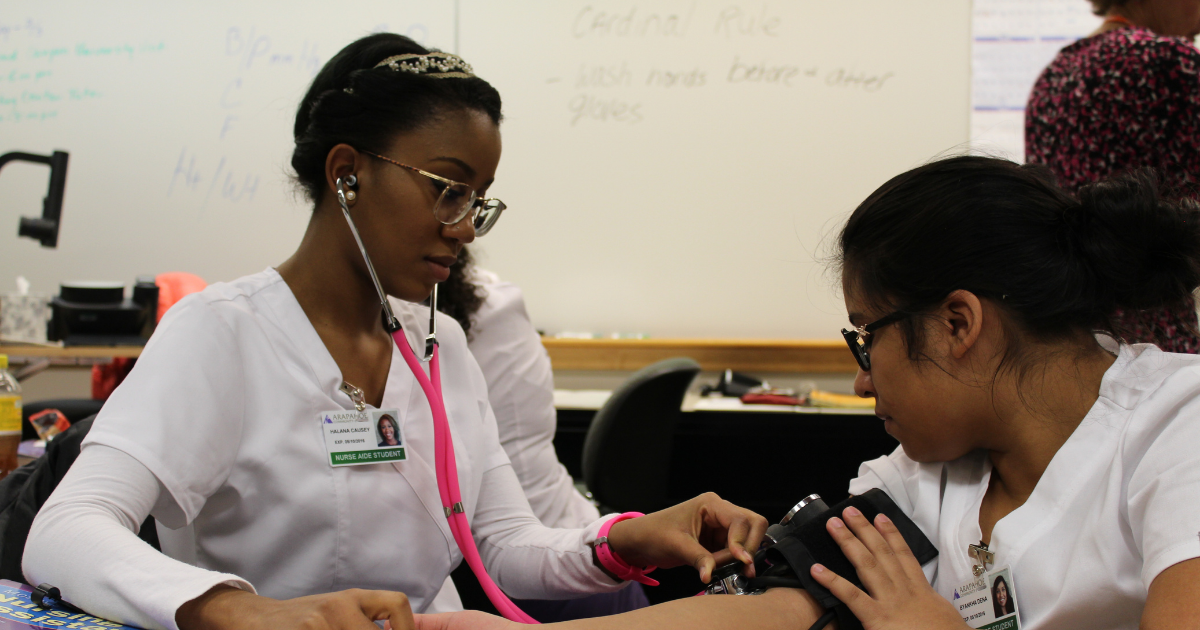New Bill Streamlines Postsecondary & Workforce Readiness Opportunities to Deliver Better Outcomes for Learners
2025 Legislative Spotlight Series: Highlighting key education and workforce policies passed this session
Colorado has almost a dozen Postsecondary and Workforce Readiness (PWR) programs that allow students to earn college credit, attain industry credentials, and participate in work-based learning. However, these opportunities are confusing, hard to navigate, and not available for all students.
Recognizing this, the 2022-2023 1215 “Big Blur” Task Force was charged with making recommendations to simplify and expand access to PWR programs for every region of the state.
This year, Colorado has taken major steps to implement those recommendations. A pivotal step is House Bill 25-1029, the Postsecondary and Workforce Readiness (PWR) bill, which advances progress on three of the task force’s recommendations.
These are:
- Recommendation 1: House all PWR programs under a singular umbrella at the Colorado Department of Education to reduce administrative burden and improve accessibility.
- Recommendation 9: Create a reliable, outcomes-based funding mechanism with financial transparency and learner weighting.
- Recommendation 10: Create an innovation fund to support program start-up and expansion, especially in underserved areas.
The bill simplifies the Colorado PWR system by consolidating programs to an outcomes and needs-based funding structure, streamlining access through a unified framework, and tying district funding to student outcomes.
It also further codifies the statewide goal that by 2029, 100% of high school graduates will attain at least one of the Big Three: a quality, in-demand credential, twelve college credits on a defined PWR pathway, or the completion of a high-quality work-based learning experience (internships or apprenticeships).
Why This Matters
The PWR bill seeks to address and close pathway opportunity access gaps, reduce administrative and reporting burdens, and align programs to simplify and expand access.
The current system is siloed into many grant programs with many different funding sources, placing the burden on the districts to choose a program out of the various available with little to no data to suggest how effective it will be for their learners. Then, districts must go through the arduous and competitive process of applying.
According to CDE’s analysis, last year, 82 districts (out of 179) did not receive any funding from the pathways programs noted consolidated in this policy. The PWR policy should expand access to many more districts and simplify the process for others.
What the Policy Does
The bill integrates existing PWR programs into two streamlined funds. This preserves existing funding while reducing complexity, minimizes the administrative burden, and provides flexibility for districts to provide access to the Big Three in ways that most meet their students’ needs.
The Sustain Fund will provide funding to districts for student outcomes based on completion of any approved Big Three opportunities.
The Start-Up Fund will distribute seed funding to districts to begin to establish postsecondary and workforce readiness programming in their district. After several years of Start-Up Funding, in FY 2028, the fund will evolve to become the John Buckner Innovation Fund. In this phase, schools and districts will receive funding aligned on needs identified through the postsecondary and workforce readiness indicators of the updated state accountability system.
This legislation proposes critical changes to the PWR system that will support districts in focusing on impact for students and align funding with real-world results. This is an important step toward achieving a future where every student in Colorado, regardless of ZIP code, can access high-quality PWR opportunities.
2025 Legislative Spotlight Series: Highlighting key education and workforce policies passed this session
Read the other blogs in this series:




